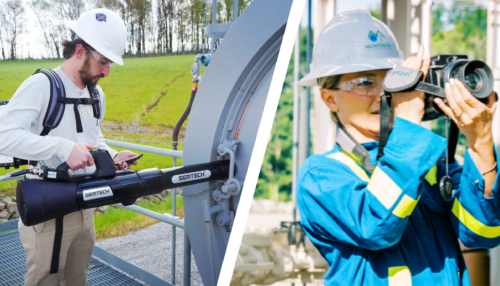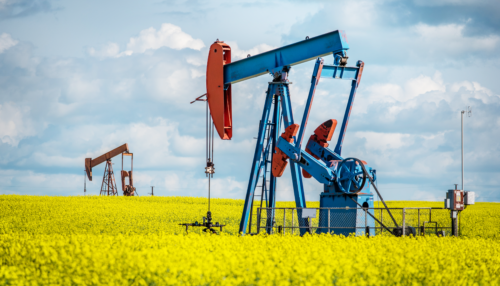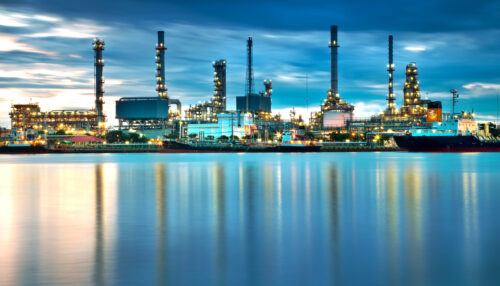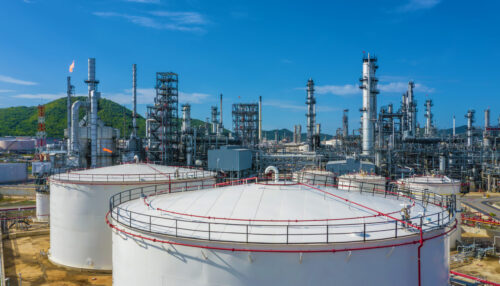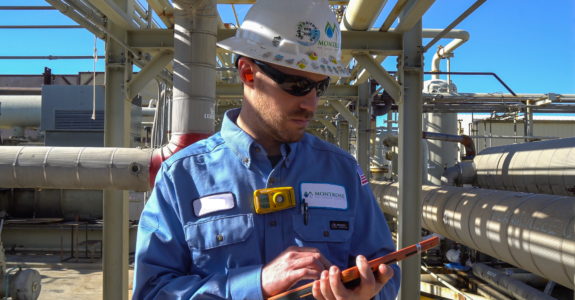
Appendix K Certification: Why It’s So Hard to Get — and Even Harder to Keep
July 7, 2025
By: Jared Metcalf and Jeff Tuskin
The High Stakes of Leak Detection in Oil & Gas
According to the EPA, methane is over 25 times more potent than carbon dioxide over a 100-year period, making accurate leak detection vital for both environmental protection and regulatory compliance.
The challenge is clear: Appendix K certification demands a high level of technical expertise and ongoing diligence, raising the bar for how facilities monitor and manage emissions. This blog explores what it takes to become Appendix K certified, the ongoing requirements to maintain certification, why the quality and experience of your technicians matters, and the risks of cutting corners. By understanding these challenges, operators can better navigate compliance, reduce emissions, and avoid costly enforcement actions.
Becoming an Appendix K Certified OGI Technician: No Small Feat
Earning Appendix K certification isn’t a simple checkbox — it’s a rigorous process designed to ensure OGI technicians are expertly trained and tested under real-world conditions. Candidates must complete at least 30 hours of supervised field training followed by a final side-by-side field test with a senior certified operator. Performance standards are strict: if the survey finds 10 or more persistent leaks, the technician must detect at least 90%; if fewer than 10 leaks are found, zero misses are tolerated.
Achieving senior status demands even more experience — a minimum of 1,400 lifetime survey hours and at least 40 hours of active surveys in the previous year. Training covers the nuances of operating conditions, including camera calibration, appropriate dwell times on suspected leaks, safety protocols, background temperature effects, and wind interference — all factors that influence the accuracy of OGI surveys.
Staying Certified: The Continuous Practice of Compliance
Certification is just the beginning. Maintaining Appendix K compliance requires continuous quality assurance and meticulous documentation. Daily camera verification tests and viewing distance checks are mandatory to ensure equipment performs as expected. Technicians must participate in biennial classroom refresher courses and undergo semiannual audits, alongside producing daily quality assurance videos during surveys.
The operating envelope — a detailed set of parameters describing how each camera model performs under varying conditions — is regularly updated and must be strictly followed. Recordkeeping is exhaustive, including equipment specifications, maintenance logs, training history, detailed leak documentation, GPS coordinates, video evidence, and environmental conditions like weather logs. This level of oversight guarantees data reliability and defensibility during audits or inspections.
Why It Matters Who You Hire
An Appendix K-certified technician is only as effective as the quality of their training and the robustness of their documentation process. A reliable technician with strong quality controls means fewer missed leaks, enhanced workplace and community safety, and reduced emissions. This directly translates to lower regulatory risk, fewer audit failures, and less need for costly remediation or rework.
In addition, staying current with field and classroom training ensures technicians can adapt to new environmental conditions and camera technology upgrades, maintaining accuracy and compliance as regulations evolve.
The Cost of Cutting Corners
Choosing uncertified or inexperienced contractors can have serious consequences. Surveys may be invalidated, leading to missed emissions and potentially severe enforcement actions. Noncompliance with federal standards such as Subpart W or OOOOb/c, state regulations like the Texas Commission on Environmental Quality (TCEQ) Rule, or California’s Senate Bill 1137, can result in hefty fines and reputational damage.
In a sector increasingly scrutinized for its environmental impact, cutting corners on leak detection undermines not only compliance but also the trust of regulators, investors, and communities.
Appendix K certification demands precision, expertise, and relentless documentation discipline. It is a comprehensive protocol designed to protect both the environment and facility operators. When selecting contractors or technicians, ask directly: Are they Appendix K certified? How do they ensure ongoing compliance?
At Montrose Environmental, Appendix K starts long before the camera is turned on. Every project begins with daily field checks to verify software integrity and ensure OGI cameras are properly calibrated at all required distances. Our technicians don’t just follow a checklist—they adapt to site-specific conditions, locking in key parameters like delta-T, wind speed, and flow rates to meet Subpart OOOOb requirements.
We don’t rely on automation. Our Appendix K certified technicians bring deep industry and regulatory knowledge, applying standards with precision to ensure defensible data and confident compliance—every time.
Want to Learn More?
Unsure about your compliance status? Get clarity on the complexities of Appendix K. Staying informed is the first step toward stronger compliance and responsible environmental stewardship. In oil and gas operations where emissions management is critical, partnering with experts who understand the full scope of Appendix K is not a nice-to-have — it’s an essential element of responsible, sustainable operations.
Continue Reading
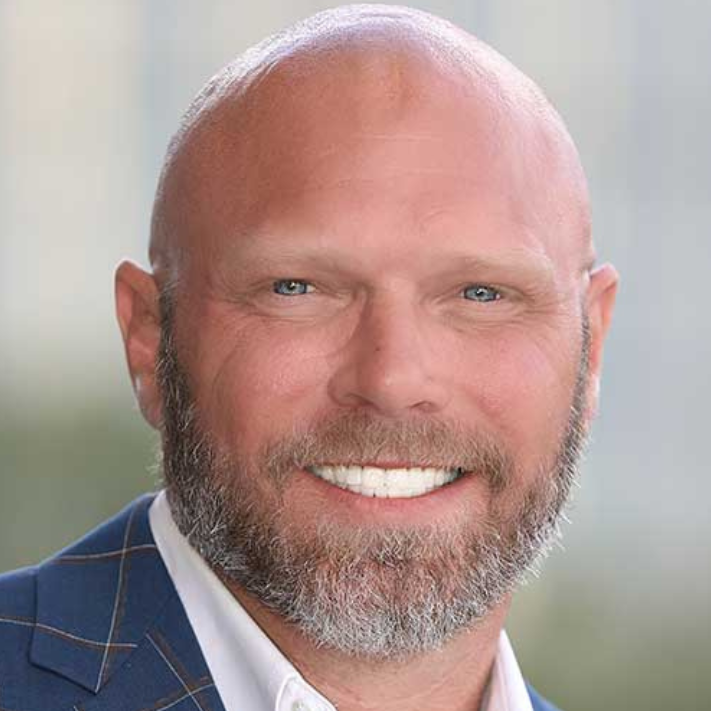 Jared Metcalf
Jared Metcalf
SVP of Air Emissions Services
Jared has over 20 years of experience in fugitive emissions monitoring and supports Montrose’s OGI crews. He specializes in designing and implementing LDAR programs using Optical Gas Imaging.
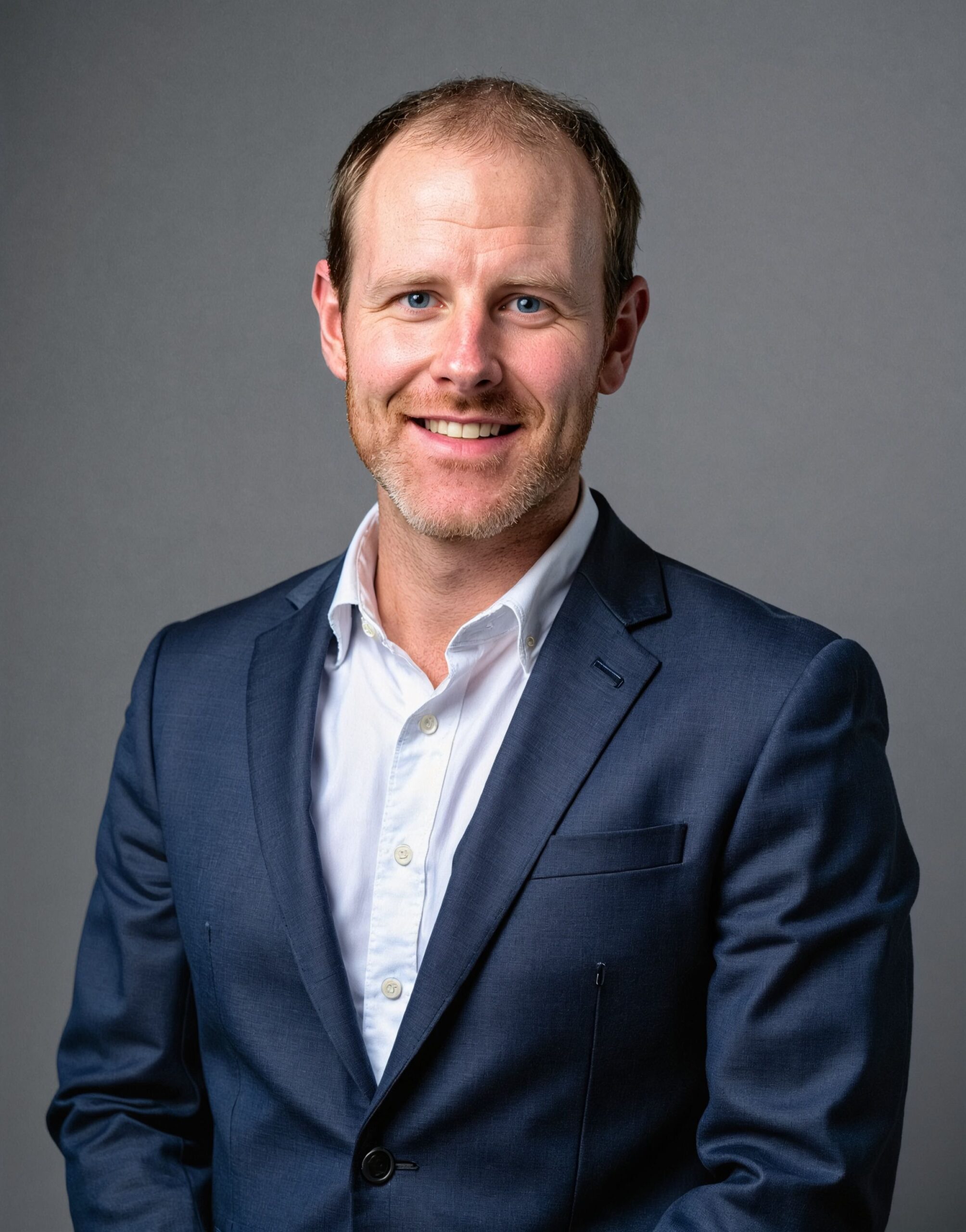 Jeff Tuskin
Jeff Tuskin
Operations Director
Jeff has over 7 years of experience in fugitive emissions and OGI field operations. He currently serves as District Manager for Montrose’s US-OGI team, where he leads compliance-focused survey programs across oil and gas facilities. With a background in safety coordination and process operations, Jeff brings a practical, field-based perspective to every project.

